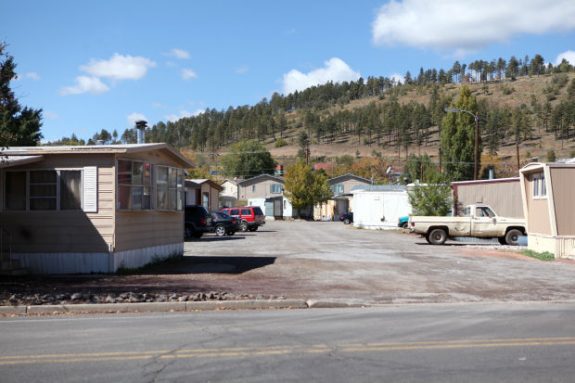
The United States Department of Agriculture (USDA) and the Department of Housing and Urban Development (HUD) have mortgage programs for, respectively, rural housing and Native Americans which comprise four percent of the $436 billion in Ginnie Mae securities issued last year–$17 billion for rural housing.
A new ruling by the Consumer Financial Protection Bureau (CFPB) will implement Congress’ HELP Act—Helping Expand Lending Practices in Rural Communities—which expands guidelines for lenders to reach a broader market, as dsnews informs MHProNews.
CFPB Director Richard Cordray says: “The Consumer Bureau today has acted to implement the recent law that extends to more small creditors the specific provisions for operating in rural or undeserved areas. This rule provides broader eligibility for lenders serving in those areas to originate balloon payment qualified and a high-cost mortgages.”
A new rule introduced in Dec. 2015 requires the Federal Housing Finance Agency (FHFA) to implement the Duty to Serve rule, directing the government-sponsored enterprises (GSEs) to serve three underserved markets including manufactured housing, as well as rural markets and preserving affordable housing. It would be directed to very low-, low- and moderate-income families. ##
(Photo credit: arizonadailysun/Jake Bacon–Arrowhead Village MHC)


























